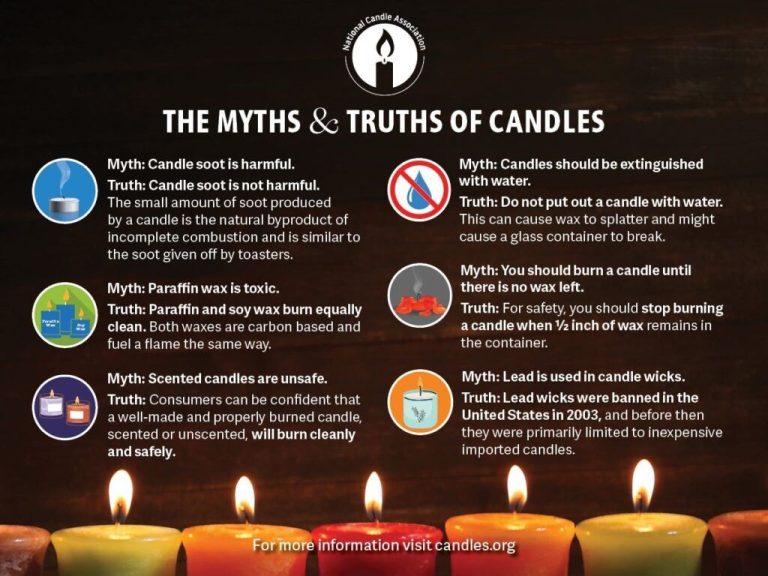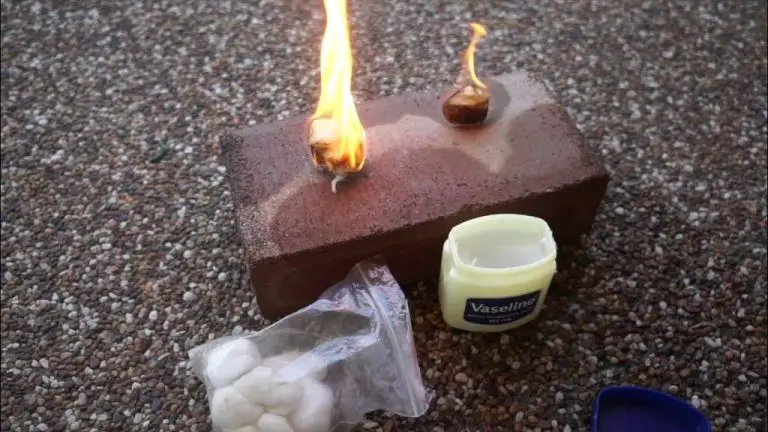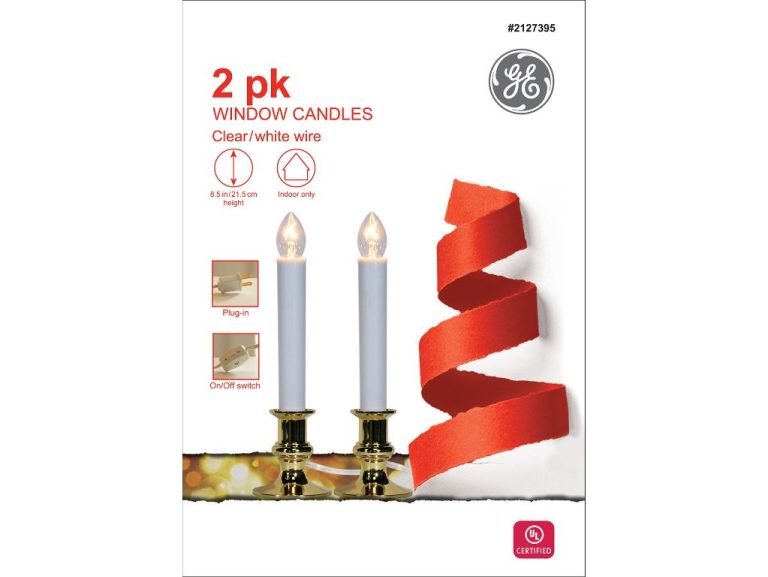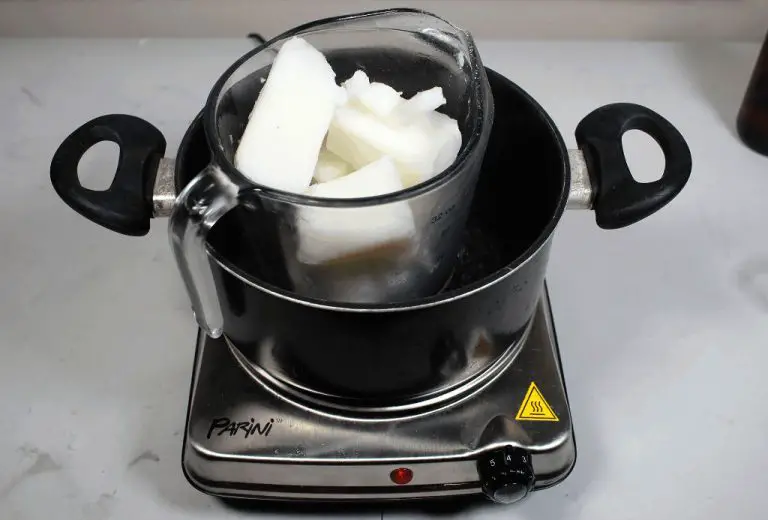Are Wax Warmers Carcinogenic?
What Are Wax Warmers?
Wax warmers are devices that melt wax in order to release fragrance into the air. They work by using a light bulb or heating element to warm wax contained in a small dish or pot. The wax melts and evaporates, dispersing scent into the surrounding environment.
There are several different types of wax warmers:
- Electric warmers plug into an outlet and use a built-in heating element to melt wax.
- Candle warmers use the heat from a light bulb to melt wax in a dish placed above the bulb.
- Ceramic warmers are heated on the stove or in the microwave before having wax poured into the holder.
- Battery-powered warmers use batteries to heat the wax dish and emit fragrance.
Wax warmers allow people to experience pleasant scents in their homes without the need for open flames like candles. The wax melts into a liquid form when heated and returns back to solid when cooled.
How Wax Warmers May Be Carcinogenic
Wax warmers work by heating wax, which causes it to melt and release fragrance into the air. As the wax heats up, volatile organic compounds (VOCs) are emitted through a process called off-gassing. VOCs are carbon-containing chemicals that easily evaporate at room temperature. Some common VOCs released from wax warmers include benzene, toluene, and formaldehyde.
The problem with VOCs is that exposure to high concentrations can have negative health effects. Benzene, for example, is a known human carcinogen that has been linked to leukemia and other blood cancers. Formaldehyde is also a probable human carcinogen. While the amounts of VOCs released from wax warmers may be small, they can build up indoors when ventilation is poor. This leads to greater VOC exposure over time.
Using wax warmers in small, enclosed spaces with limited fresh air flow allows VOCs to accumulate to higher, potentially dangerous levels. Studies have found increased indoor VOC concentrations in homes using wax warmers frequently. The longer wax warmers run and the more confined the space is, the higher the VOC exposure becomes. Turning wax warmers on and off instead of running them continuously can reduce VOC accumulation. But in general, poor ventilation appears to be a major factor in increased cancer risk from the VOCs released by wax melting.
Specific VOCs to Be Concerned About
When it comes to potential carcinogens emitted from wax warmers, there are a few specific volatile organic compounds (VOCs) to be aware of:
Benzene – Known to be carcinogenic to humans, benzene can be released from some wax melts. Long-term exposure has been linked to increased cancer risk.
Formaldehyde – Classified as a human carcinogen, exposure to formaldehyde can irritate the eyes, throat and nose. It may be emitted from artificial wax melts.
Acetaldehyde – Reasonably anticipated to be a human carcinogen, this VOC can irritate the skin, eyes and respiratory tract. Some wax melts contain acetaldehyde.
Naphthalene – Classified as possibly carcinogenic to humans, exposure to high levels of this VOC may damage or destroy red blood cells. It can be released by certain wax melts when heated.
Tips for Using Wax Warmers Safely
While ongoing research is still unclear about the exact risks of wax warmers, there are some simple precautions you can take to minimize potential hazards:
Use unscented wax – Fragrance oils may contain chemicals linked to cancer risks and other health issues. Opt for unscented wax melts to avoid these added compounds.
Ensure proper ventilation – Don’t keep your wax warmer in a small enclosed space. Allow air flow around the warmer so any emitted VOCs can dissipate.
Avoid long term exposure – Don’t keep your wax warmer running continuously for days or weeks at a time. Take breaks and air out the room periodically.
Turn off when not in use – Don’t allow your warmer to run when you are not around to enjoy it. The risks increase with greater exposure over time.
Taking simple precautions like these can help you continue enjoying your wax warmer safely.
Alternative Safer Options
There are a few alternatives that can provide a similar ambiance to wax warmers with less health risks. Here are some of the top options to consider:
Electric or Battery Operated Candles – These provide the same flickering flame effect as a wax warmer, but without any wax or fragrance. The only emission is light. Opt for battery operated for portability or electric for stationary use. Just be mindful of fire risks.
Essential Oil Diffusers – Rather than melting wax, these disperse essential oils into the air. Look for ultrasonic or evaporative diffusers that don’t use heat. They provide pleasant natural scents without synthetic fragrance oils. Just be sure to buy 100% pure essential oils.
Automated Air Fresheners – Some plug-in or battery operated air fresheners use replaceable cartridges rather than burning oils or wax. Look for ones with plant-based fragrances rather than artificial chemicals. They offer ambiance without open flames or pools of hot wax.
All of these options are safer, cleaner, and less risky than traditional wax warmers. They provide pleasant scents and atmosphere without the worrisome emissions and hazards of melting synthetic wax. Give one of these alternatives a try for peace of mind.
Proper Use and Disposal of Wax
To minimize any potential health risks when using wax warmers, it’s important to properly maintain and dispose of wax. Here are some tips:
Replace wax regularly – Don’t allow wax to burn for more than 4-6 hours. The wax can start to decompose and release more VOCs if left burning too long. Replace wax frequently.
Avoid burning old wax – Once wax has been heated and cooled multiple times, it will lose its fragrance and start to break down. Old wax is more likely to release VOCs and other chemicals. Don’t continue burning wax once its fragrance has diminished.
Recycle or trash hardened wax – Allow used wax to fully harden, then dispose of it. Don’t pour hot liquid wax down drains. Once hardened, wax can go in the trash or potentially be recycled if your facility accepts paraffin wax. Check local regulations before recycling used wax.
Regulations and Testing
Despite their widespread use, wax warmers are not well regulated or independently tested for safety. This is concerning since they act as continuous chemical emitters inside homes.
Currently, there are no regulations specific to wax warmers and the compounds they emit. They do not require registration or testing with the Environmental Protection Agency (EPA) or other regulatory bodies. There is also no mandatory third-party testing to verify their safety.
Without oversight, wax warmer manufacturers are not required to accurately report emissions or ensure safe levels. Some brands voluntarily submit products for independent lab testing. However, this testing is limited and many products on the market have unknown emission profiles.
Independent researchers have started conducting their own emissions testing on popular wax warmer models. In several cases, they detected concerning levels of hazardous VOCs like benzene, toluene, and styrene exceeding health-based guidelines. But far more testing is needed to determine the true scope of the issue.
Greater regulatory action and mandatory third-party emissions testing could ensure wax warmers meet safety standards. Consumers deserve to know the real levels of VOCs being emitted into their homes before making a purchase.
Lawsuits and Activism
There has been growing concern from consumer advocacy groups about the potential health risks of wax warmers. Groups like the Campaign for Safe Cosmetics and Women’s Voices for the Earth have called on regulators to investigate and restrict toxic chemicals in wax warmers.
In 2022, a class action lawsuit was filed in California alleging that a major manufacturer of wax warmers failed to disclose the level of VOCs and potential carcinogens emitted. The plaintiffs claimed they would not have purchased the wax warmers if they were aware of the health risks. The suit seeks to recover damages for California consumers who bought the wax warmers in recent years.
Consumer groups have petitioned the Consumer Product Safety Commission to require proper labeling about VOC emissions on wax warmers and scented candles. They also want mandatory third-party testing to ensure wax warmer products meet safety standards for indoor air quality. The CSPC has yet to take major action, but advocacy groups continue putting public pressure on lawmakers and regulators.
The Bottom Line
When used properly and safely, wax warmers do not appear to pose significant cancer risks for most people. However, those sensitive to respiratory irritants, pregnant women, young children, and pets may want to exercise caution or avoid wax warmers altogether.
Here are some tips to minimize risks when using wax warmers:
- Ventilate the room when melting wax, don’t leave warmers unattended, and extinguish flames before leaving the area.
- Choose unscented or naturally scented wax to avoid synthetic fragrances.
- Wash hands after handling melted wax. Supervise children around warmers.
- Never burn plastics, trash, electronics, or hazardous materials in wax warmers.
- Clean warmers regularly and use as directed. Dispose of wax properly when finished.
- Avoid using wax warmers excessively or for prolonged periods.
- Switch to safer options like essential oil diffusers, LED candles, or natural beeswax candles.
While more research is still needed, occasional and careful use of wax warmers in well-ventilated areas does not appear to significantly raise cancer risks for most healthy adults. Those concerned should weigh the risks and take appropriate precautions.
Other FAQs
In addition to questions about wax warmers, many people have concerns about the safety of other popular home fragrance products like scented candles and essential oil diffusers.
Do scented candles cause cancer?
Like wax warmers, scented candles also emit potentially harmful VOCs when burned. The soot given off from candle flames contains toxins like benzene and toluene. There are also concerns about particulates in candle smoke triggering asthma and allergies. While more research is still needed, there is some evidence linking long-term scented candle usage to increased cancer risk.
Are essential oil diffusers safe?
Essential oil diffusers are generally considered safer than candles or wax warmers. High quality diffusers use cold water vapor rather than heat to disperse essential oils into the air. This produces less VOC emissions. However, some oils themselves contain compounds that can irritate lungs if inhaled long-term. Diffusers should be used moderately and only with 100% pure, high-grade essential oils.





